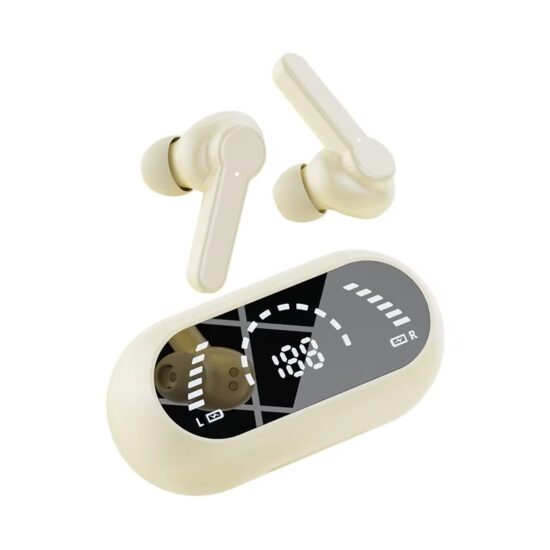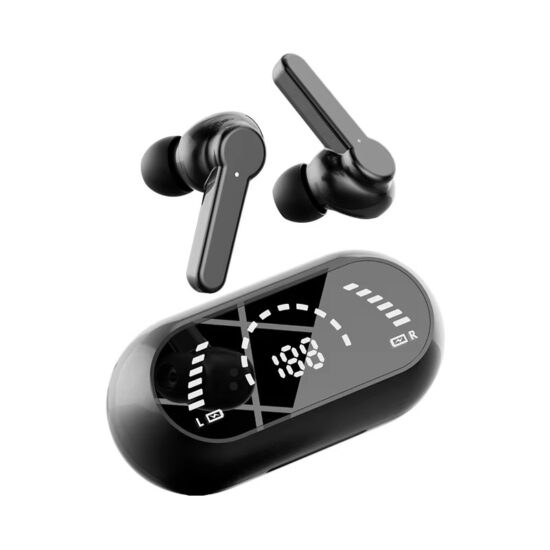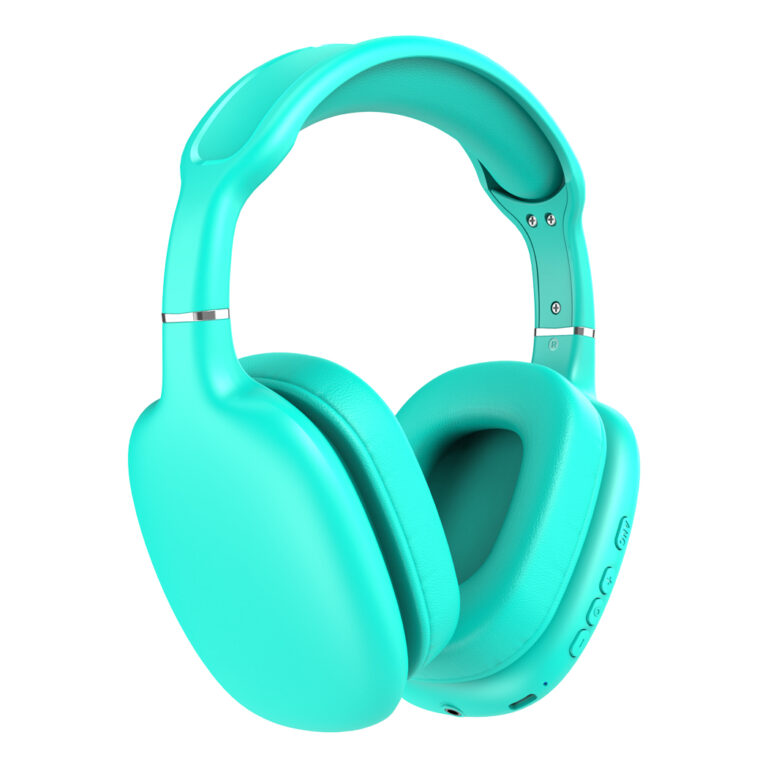jay@nbdho.com
Headphones at Different Price Points: A Detailed Performance Comparison
When choosing headphones, p
rice often correlates with performance, features, and overall user experience. From budget-friendly options to high-end audiophile models, headphones vary widely in sound quality, build materials, comfort, and additional functionalities. This comparison explores these factors across different price brackets to help consumers understand what to expect and make informed purchasing decisions.
1. Budget Headphones (Under $50)
Budget headphones are designed to provide basic audio functionality at an affordable price. These models typically use lower-cost materials like plastic housings and synthetic padding, which may impact comfort and durability. Sound quality in this range is generally modest—bass may be weak or muddy, mids and highs less defined. Many budget headphones are wired, with limited noise isolation and minimal extra features. However, they serve well for casual listening, commuting, or use with mobile devices when affordability is the priority. Some budget models may include features like inline microphones or volume controls, adding convenience without significantly raising cost.
2. Mid-Range Headphones ($50–$150)
Mid-range headphones offer a balance between quality and affordability. Manufacturers invest in better driver units, improved materials such as memory foam ear cushions, and sturdier headbands, enhancing comfort for extended use. Sound performance is generally more refined, with clearer mids and treble and more controlled bass response, suitable for music enthusiasts and gamers alike. This range often includes wireless options with Bluetooth connectivity, along with basic active noise cancellation (ANC) in some models. Durability and aesthetics also improve, with metal accents or foldable designs common. Mid-range headphones suit users who want good sound quality and comfort without paying premium prices.
3. High-End Headphones ($150–$500)
High-end headphones focus on superior sound reproduction, often featuring large dynamic drivers or planar magnetic technology for accurate, detailed audio across all frequencies. Materials like genuine leather, metal frames, and advanced memory foam elevate comfort and longevity. Active noise cancellation technology is more sophisticated, effectively reducing ambient noise for immersive listening. These headphones usually support higher-quality wireless codecs (like aptX HD or LDAC) or offer premium wired connections with detachable cables. Additional features such as customizable sound profiles, touch controls, and foldable designs are common. High-end models cater to audiophiles, professionals, and users who demand excellent sound quality and build integrity.
4. Premium and Audiophile Headphones ($500 and Above)
Premium headphones, often used by audio professionals or dedicated audiophiles, provide the ultimate listening experience. These products utilize top-tier components including hand-crafted drivers, precision-tuned acoustic chambers, and luxury materials like real wood or titanium. They deliver exceptional clarity, dynamic range, and spatial imaging, revealing subtle details in music. Many models are wired to eliminate any compression from wireless transmission, though some premium wireless versions exist. Comfort is optimized for long sessions, with ergonomic designs and breathable padding. However, these headphones are expensive and sometimes require dedicated amplifiers or DACs to perform at their best. Buyers in this category prioritize sound perfection over portability or budget.
5. Feature Comparison Across Price Points
As the price increases, so does the inclusion of advanced features. Budget headphones generally lack ANC, wireless connectivity, or app support, while mid-range models introduce these features in a simplified form. High-end headphones offer customizable sound tuning and enhanced ANC, while premium models may include specialized accessories, professional-grade cables, and exclusive finishes. Battery life and charging speed also improve in wireless models at higher price points.
6. Value and Use Case Considerations
The best headphone choice depends on the user’s priorities. Budget headphones are ideal for casual or secondary use where cost matters most. Mid-range models suit daily users seeking better sound and convenience without breaking the bank. High-end headphones offer significant improvements in audio fidelity and build for discerning listeners. Premium headphones are an investment for those seeking uncompromised quality, often in controlled listening environments.





